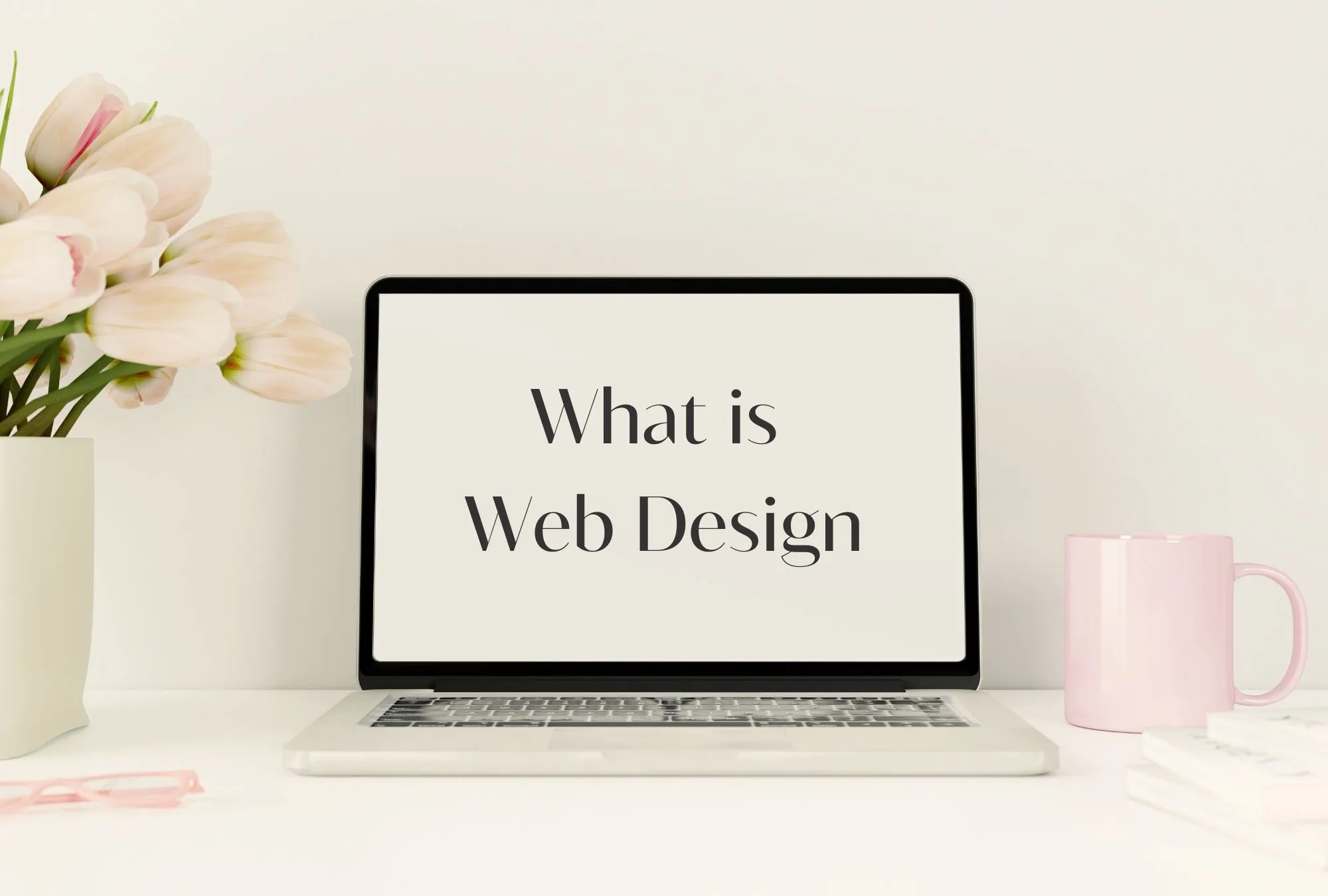
What is Web Design?
Web design is the process of creating and designing websites that are visually appealing, user-friendly, and functional. It involves various elements, including layout, colour schemes, typography, and interactive features, all aimed at enhancing user experience. Good web design ensures that visitors can navigate a site easily and find the information they need efficiently.
What Does a Web Designer Do?
A web designer is responsible for the visual and interactive aspects of a website. Their role includes creating layouts, selecting colour palettes, choosing fonts, and designing elements that contribute to a cohesive look and feel. They also focus on user experience (UX) design, ensuring that websites are easy to use and accessible across different devices.
Web designers may also be involved in creating wireframes and prototypes to test different design concepts before development. Some designers work solely on aesthetics, while others take a more technical approach, integrating their designs with coding languages and frameworks. Collaboration with developers, clients, and content creators is a key part of the role, ensuring the final product meets the intended goals and user expectations.
What Are the Steps in Web Design?
Planning – Defining the website’s purpose, audience, and goals. This stage includes research on competitors, user behaviour, and design trends to ensure the website aligns with industry standards.
Wireframing & Prototyping – Sketching layouts and creating interactive prototypes using tools like Figma or Adobe XD. This helps visualize the structure and flow of the website before development begins.
Designing – Choosing colours, fonts, and imagery to create an appealing visual style. Designers focus on aesthetics and usability, ensuring that users can easily interact with the site.
Development – Coding the design using HTML, CSS, JavaScript, or a CMS like WordPress. Developers take the design files and turn them into a functioning website.
Testing – Checking for functionality, responsiveness, and usability. This includes cross-browser compatibility, mobile-friendliness, and performance testing.
Launch – Deploying the website live on the internet. This involves setting up hosting, domain configuration, and final debugging.
Maintenance – Updating content, fixing bugs, and improving performance over time. Regular updates keep the website relevant and secure.
Is Web Design Hard?
Web design requires a mix of creativity and technical skills, but it’s not inherently difficult if you have a passion for design and problem-solving. The challenge comes in keeping up with evolving trends, mastering new tools, and ensuring websites remain functional across different devices and browsers.
Many designers find the initial learning curve steep, especially when tackling aspects like responsive design, accessibility, and user psychology. However, with consistent learning and hands-on practice, web design becomes more intuitive and rewarding. Staying updated with industry trends, taking online courses, and experimenting with real projects can help new designers build confidence and expertise.
Can a Beginner Learn Web Design?
Yes, beginners can learn web design! There are many online resources, courses, and tutorials available to help you get started. Learning the basics of design principles, UX, and popular tools like Figma, Adobe XD, or Elementor can provide a solid foundation.
Many beginners start with website builders before moving on to more advanced coding and design techniques. By practicing with real projects and getting feedback from experienced designers, new learners can refine their skills and build a strong portfolio. Networking with other designers and joining online communities can also provide valuable insights and support.
Do You Need Coding for Web Design?
Not necessarily. While knowing HTML, CSS, and JavaScript can be beneficial, many web designers use no-code platforms like WordPress, Wix, and Webflow. These platforms allow users to create visually appealing websites without needing to write extensive code.
However, understanding coding allows for greater customisation and flexibility in design, making it a valuable skill for those looking to advance in the field. Even basic knowledge of coding can help designers communicate more effectively with developers and troubleshoot minor issues on their own. As web design continues to evolve, having at least a foundational understanding of coding can be an asset.
Is Web Design Still in Demand?
Yes! With businesses and individuals increasingly relying on their online presence, web design remains a high-demand skill. Companies need websites for branding, marketing, and e-commerce, ensuring that skilled designers continue to be sought after.
Additionally, trends like mobile-first design and accessibility compliance have made web design more important than ever. Businesses want websites that not only look great but also provide seamless user experiences across all devices. As new technologies emerge, web designers who adapt and stay current with industry trends will continue to have ample opportunities in the field.
What Are Examples of Web Design?
Web design varies based on industry and purpose. Some common types include:
Business Websites – Corporate sites with professional branding and service information. These websites often focus on clear messaging, lead generation, and credibility.
E-commerce Websites – Online stores designed for easy shopping and secure transactions. Features like product pages, shopping carts, and payment gateways play a crucial role.
Portfolio Websites – Personal sites showcasing creative work, often used by designers, artists, and photographers. These sites highlight past projects, testimonials, and contact information.
Landing Pages – One-page sites designed for marketing campaigns and lead generation. They focus on a single call to action, such as signing up for a newsletter or purchasing a product.
Blogs & News Websites – Content-heavy sites focused on readability and user engagement. These websites prioritise easy navigation and a clean layout for a pleasant reading experience.
Need Web Design Services?
If you need web design services, get in touch with us today! We create modern, user-friendly websites tailored to your needs.
Illumination
Explore a collection of insights and strategies that light the way to achieving your goals online.

